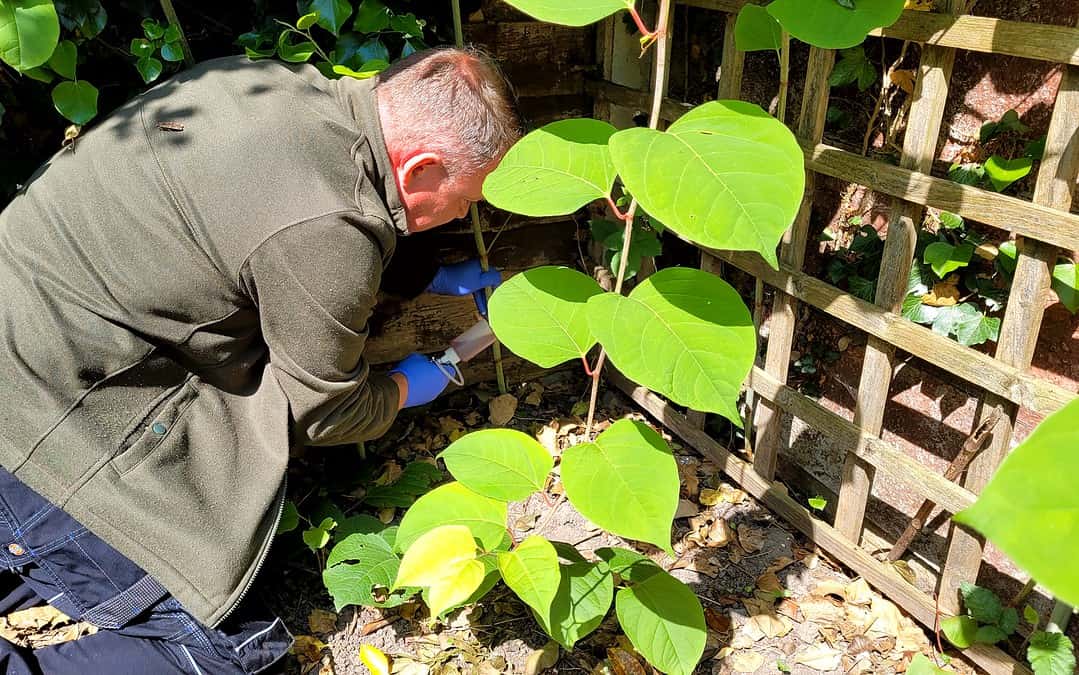Where Did Japanese Knotweed Originate From?
Learn about the origins of Japanese knotweed, a highly invasive plant species that can cause significant damage to infrastructure and biodiversity. Discover how it has spread globally and the impact it has had on the environment. Find out how to control Japanese knotweed and seek professional advice if you suspect you have it on your property.
Japanese knotweed, also known as Fallopia japonica, is a notorious invasive species that can cause significant damage to infrastructure and biodiversity. This plant is believed to have originated from Japan, and it has been introduced to many countries around the world. In this article, we’ll take a comprehensive look at the origins of Japanese knotweed, how it has spread globally, and the impact it has had on the environment.
The Origins of Japanese Knotweed
As mentioned earlier, Japanese knotweed is native to Japan. It was first introduced to Europe in the mid-19th century as an ornamental plant due to its attractive appearance and ability to grow quickly. However, it soon became apparent that Japanese knotweed was a highly invasive species that could quickly take over an area and cause significant damage.
The plant was first introduced to the United Kingdom in the 1820s, and it quickly became a popular plant for landscaping due to its attractive appearance. However, it soon became apparent that Japanese knotweed was a highly invasive species that could quickly take over an area and cause significant damage.
Global Spread of Japanese Knotweed
Japanese knotweed has now been introduced to many countries around the world, including the United States, Canada, New Zealand, and Australia. It is often introduced accidentally through contaminated soil, for example, during construction work or when soil is transported from one area to another.
In the United States, Japanese knotweed was first introduced in the late 1800s as an ornamental plant. It is now considered one of the most invasive plant species in the country, and it has been found in all 50 states. In Canada, Japanese knotweed is classified as a prohibited noxious weed due to its ability to displace native vegetation.
The Impact of Japanese Knotweed on the Environment
Japanese knotweed can have a significant impact on the environment, and it is often considered a threat to biodiversity. The plant can quickly grow and spread, forming dense stands that can outcompete native vegetation. This can lead to a loss of habitat for native wildlife, as well as a reduction in biodiversity.
In addition to its impact on biodiversity, Japanese knotweed can also cause significant damage to infrastructure. The plant has a strong root system that can grow through tarmac, concrete, and even building foundations. This can lead to costly repairs and can also pose a risk to public safety.
How to Control Japanese Knotweed
Controlling Japanese knotweed can be a difficult task, and it often requires a combination of methods. Chemical control, such as the use of herbicides, can be effective, but it must be carried out by a professional due to the potential risks to human health and the environment. Mechanical control, such as digging up the plant, can also be effective, but it must be done carefully to avoid spreading the plant.
Conclusion
Japanese knotweed is an invasive species that can cause significant damage to the environment and infrastructure. It originated from Japan and has been introduced to many countries around the world. Controlling Japanese knotweed can be a difficult task, and it often requires a combination of methods. If you suspect that you have Japanese knotweed on your property, it is essential to seek professional advice on how to control it.
